Or search by topic
Number and algebra
Geometry and measure
Probability and statistics
Working mathematically
Advanced mathematics
For younger learners
Always, Sometimes or Never? Shape



- Problem
- Getting Started
- Student Solutions
- Teachers' Resources
Thank you to everyone who sent in their solutions and shared their mathematical thinking with our team. We received solutions from Will and Saif who attend Pierrepoint Gamston Primary School in the UK, Ci Hui Minh Ngoc at Kong Hwa School in Singapore, Simran from Maurice Hawk School in the USA, Hunter from APS in Australia and from students at the British International School in Vietnam.
This challenge showed that there is still some more thinking to be done for some of these statements - they were not necessarily as straightforward as they may have seemed at first!
Will, from Pierrepoint Gamston Primary School, shared his really useful approach towards tackling this type of problem:
For this problem, I found the best way to complete it was to picture the shape in my head. For example, to complete the first question, imagine a hexagon in your head. Chances are the lines are equal. However, imagine a hexagon with unequal lines. This is still a hexagon, as long as it has six sides, therefore the answer is 'sometimes'.
A very useful strategy. Thank you, Will!
In the solutions below, there are a few slip-ups. Have a look for yourself - can you find out what is wrong and why?
This first set of answers was sent in by Hunter who attends APS in Australia:
1. A hexagon does have six equal sides.
2. Triangles sometimes have a line of symmetry.
3. A square always has two diagonals that meet at right angles.
4. Cutting a corner off never makes a pentagon.
5. A pyramid sometimes has a square base.
6. A cuboid always has two square faces.
7. When you cut a piece off from a 2D shape it would always reduce the area and perimeter of it.
8. A triangle always can tessellate.
9. Sometimes the lines of symmetry are the same number of sides.
10. A quadrilateral can sometimes be cut into two equal triangles.
We would have loved to know more about the reasoning behind your answers, Hunter. We wonder whether anyone can you suggest any counterexamples for any of his answers?
The next set of answers was submitted by Saif, who also attends Pierrepoint Gamston Primary School:
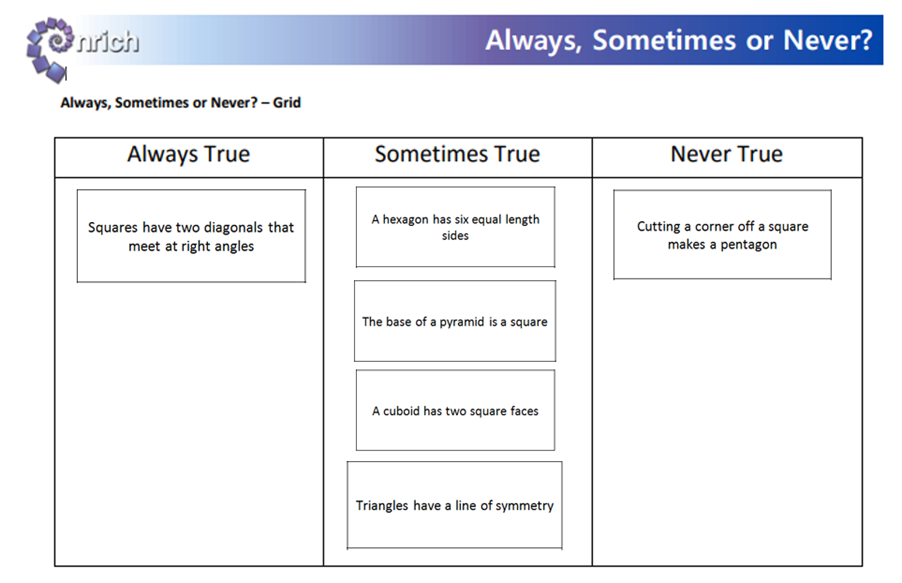
Thank you, Saif. Again, we'd have loved to learn more about your reasoning. We wonder who spotted any possible tweaks to those answers?
Eira, from Twyford School, shared her solutions which included explanations to justify her answers:
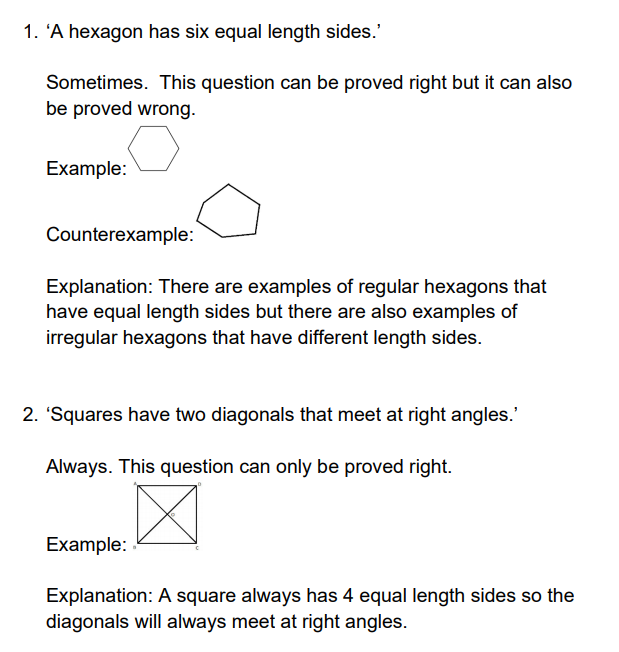
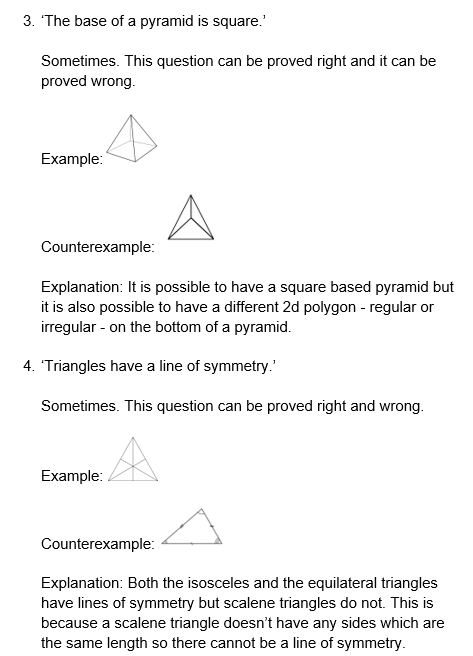
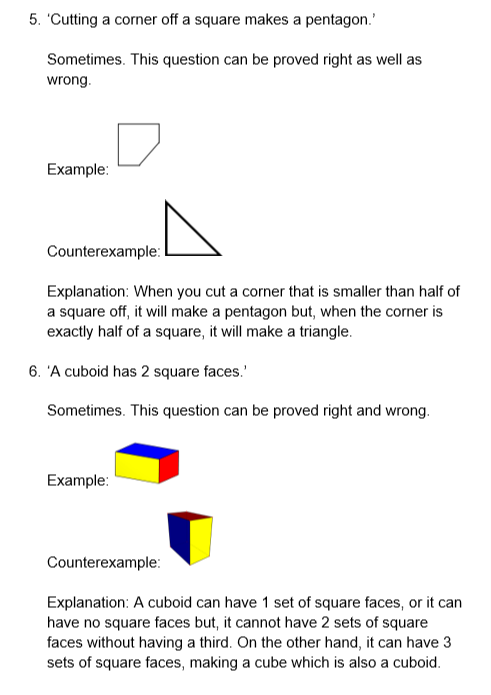
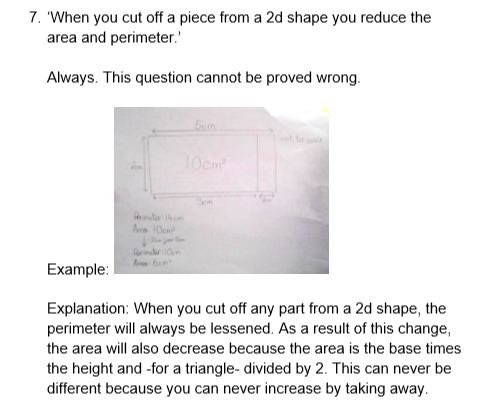
We were wondering that might happen to the overall perimeter if we cut a triangle into the square? Would the perimeter increase or decrease?
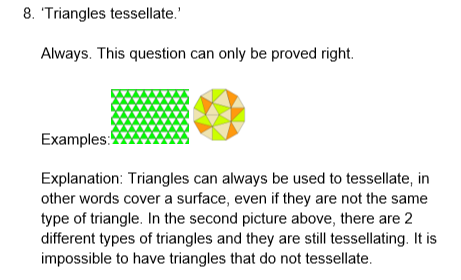
This statement prompted some mathematical thinking among our team about the reasons for some shapes, such as triangles, tesselating but not others. Perhaps thinking about angles might be helpful here?
Simran, from Maurice Hawk School shared his answers and reasoning on our worksheet. We have copied his pictures underneath his full set of answers. You might like to compare Simran's reasoning with Eira's for each of the statements. Do they always agee with each other?
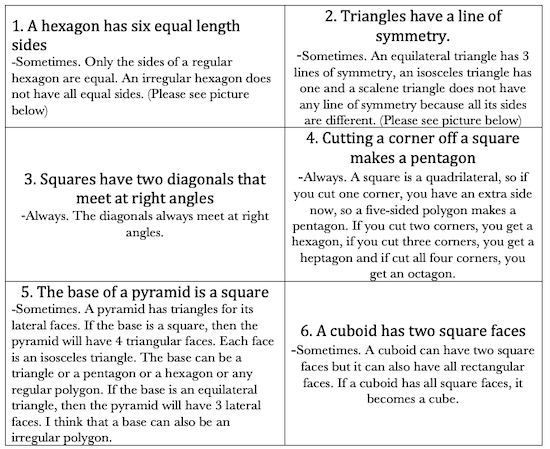

What do you notice about Simran's and Eira's answers to question 7? Whose reasoning is most convincing for you?

Here are Simran's pictures which accompanied his answers on our worksheet:
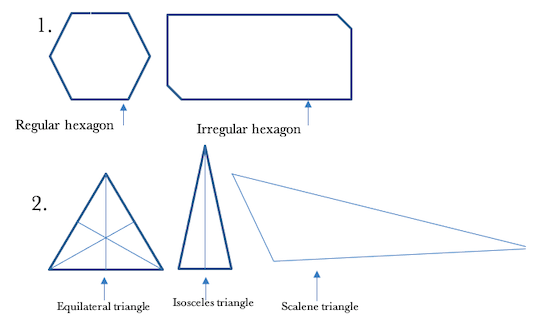
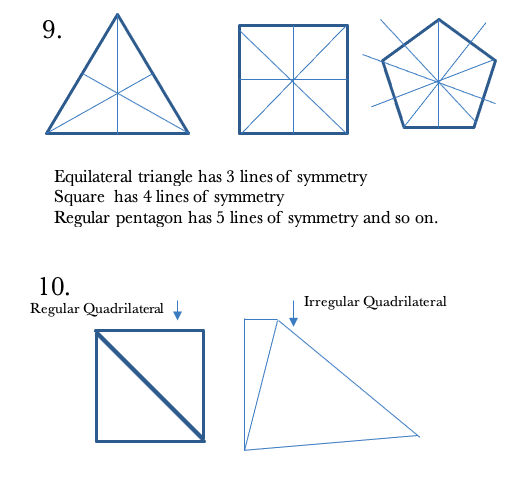
You may also like
Add 3 Dice
Three dice are placed in a row. Find a way to turn each one so that the three numbers on top of the dice total the same as the three numbers on the front of the dice. Can you find all the ways to do this?
Online
A game for 2 players that can be played online. Players take it in turns to select a word from the 9 words given. The aim is to select all the occurrences of the same letter.

